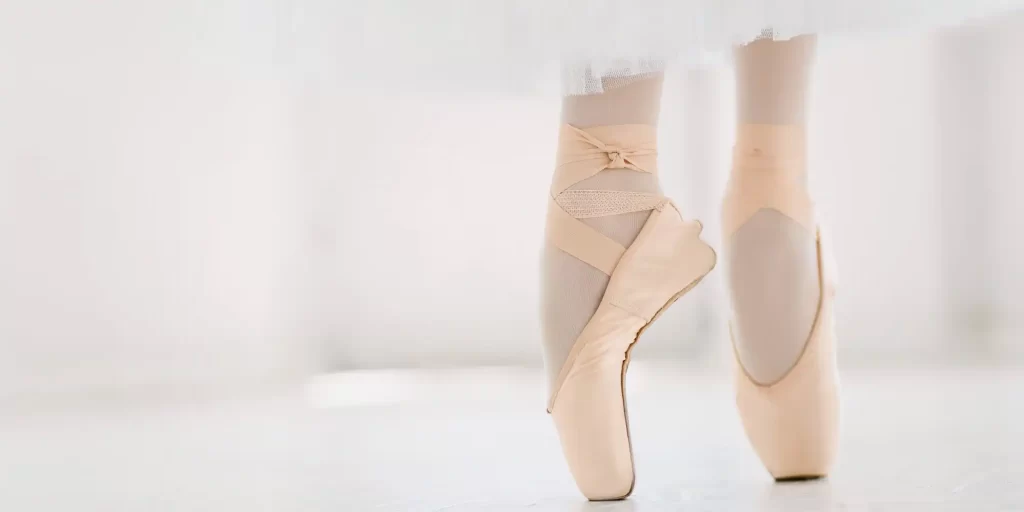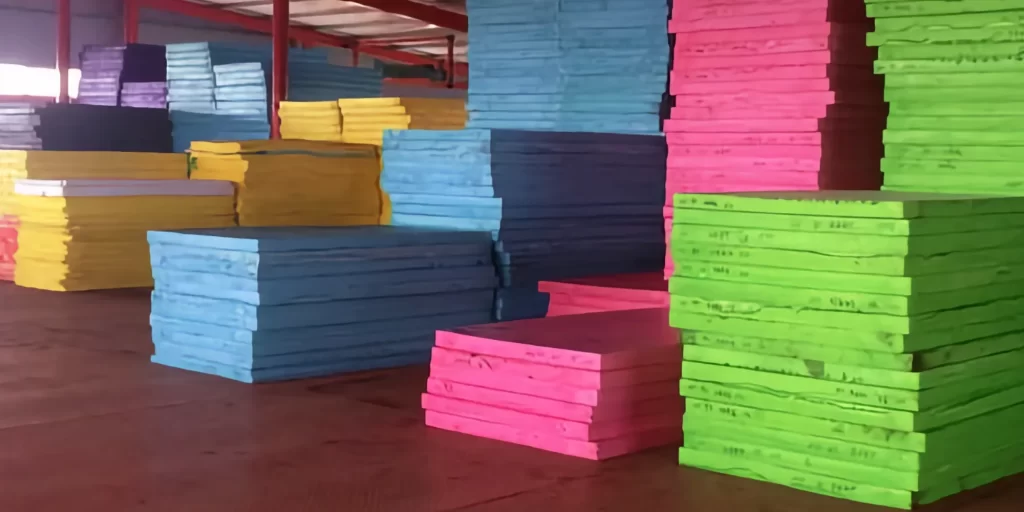Dance is an art form that demands a fusion of grace, strength, and endurance, and the right footwear plays a crucial role in every performance. The incorporation of Ethylene-Vinyl Acetate (EVA) foam into dance shoes has marked a significant advancement in dancewear technology. Offering a unique blend of comfort, flexibility, and durability, EVA foam is reshaping how dancers experience their footwear. This article delves into the benefits of EVA foam in dance shoes and addresses common questions about its application in this specialized footwear.
The Benefits of EVA Foam in Dance Shoes
EVA foam brings several key advantages to dance shoes:
1. Enhanced Comfort:
EVA foam provides excellent cushioning, reducing foot fatigue and allowing dancers to perform longer with less discomfort.
2. Superior Flexibility:
Its flexibility ensures that dance shoes can accommodate a wide range of movements, crucial for various dance styles.
3. Lightweight Durability:
EVA foam is incredibly lightweight, which is essential for maintaining agility and ease of movement without sacrificing durability.
4. Shock Absorption:
The shock-absorbing properties of EVA foam protect the feet and joints from the impact of repetitive movements, a common aspect of dance.
5. Moldability:
EVA foam can be molded into precise shapes, providing customized support and fit, tailored to the unique needs of dancers.
6. Aesthetic Versatility:
EVA foam accepts colors and designs well, allowing for aesthetically pleasing footwear that can match different dance costumes and themes.
Applications of EVA Foam in Dance Shoes
Ballet Slippers:
EVA foam enhances the comfort and support in ballet slippers, aiding in performance and reducing the strain on feet.
Jazz Shoes:
In jazz dancing, where flexibility and footwork are key, EVA foam provides the necessary support and ease of movement.
Tap Shoes:
EVA foam in tap shoes offers shock absorption, reducing the impact on feet during intense tapping sequences.
Ballroom Dance Shoes:
For ballroom dancing, EVA foam contributes to the lightweight and comfortable design, essential for long practice sessions and performances.
Contemporary Dance Footwear:
Contemporary dancers benefit from the moldability and flexibility of EVA foam, allowing for expressive and unrestricted movement.
Enhancing Dance Performance with EVA Foam
The integration of EVA foam into dance shoes represents a significant leap forward in dancewear, focusing on the performance, comfort, and safety of dancers.
FAQs About EVA Foam in Dance Shoes
Q: How does EVA foam improve a dancer’s performance?
A: EVA foam enhances performance by providing cushioning, reducing fatigue, and offering flexibility, allowing dancers to focus on their technique and expression.
Q: Are EVA foam dance shoes durable enough for rigorous dance routines?
A: Yes, EVA foam is known for its durability and can withstand the demands of rigorous dance routines.
Q: Can EVA foam in dance shoes help prevent injuries?
A: While no footwear can completely eliminate the risk of injuries, EVA foam can reduce the impact on joints and feet, potentially lowering the risk of impact-related injuries.
Q: Are EVA foam dance shoes suitable for all types of dance?
A: EVA foam is versatile and can be adapted for various dance styles, making it suitable for a wide range of dance genres.
Q: How do EVA foam dance shoes compare to traditional dance shoes?
A: EVA foam dance shoes often offer superior comfort, flexibility, and lightweight support compared to traditional dance shoes, making them a preferred choice for many dancers.
In conclusion, EVA foam has become an integral component in dance shoes, providing dancers with enhanced comfort, support, and flexibility. Its combination of shock absorption, lightweight design, and moldability makes it an optimal choice for dance footwear. As the dance world continues to evolve, EVA foam-enhanced shoes are set to play a pivotal role in supporting dancers in their artistic pursuits, ensuring comfort and safety during every performance.






